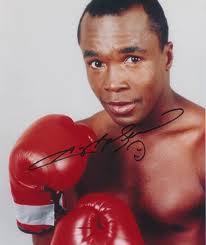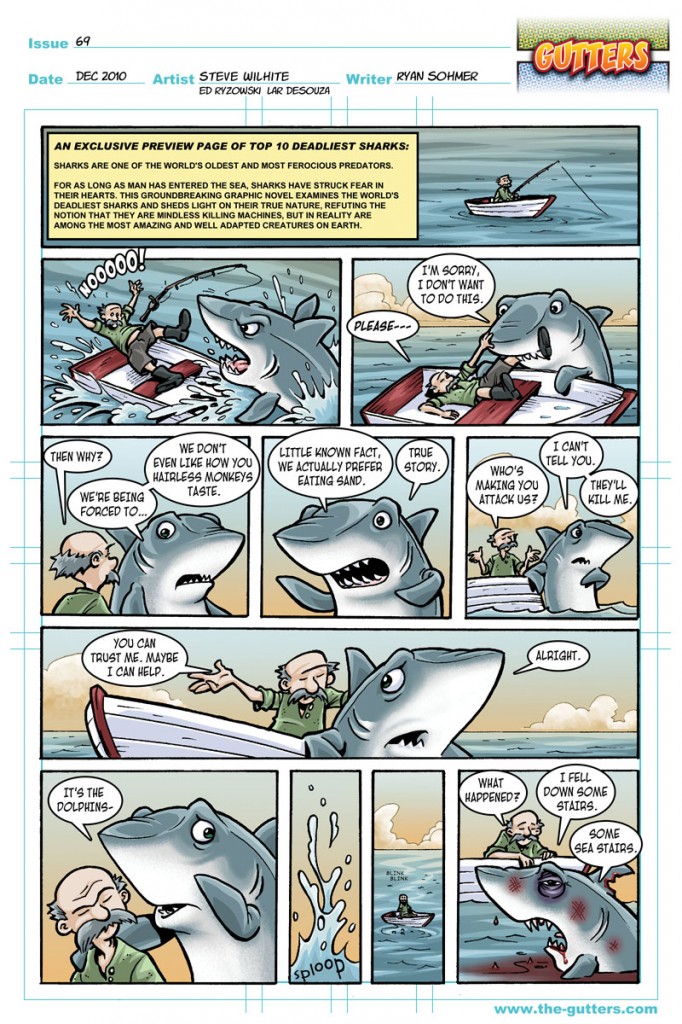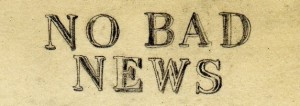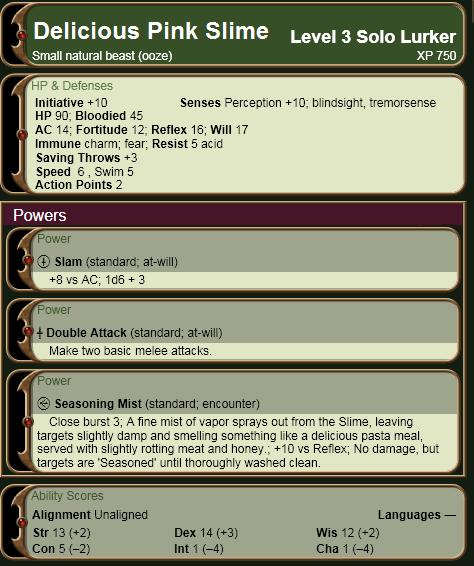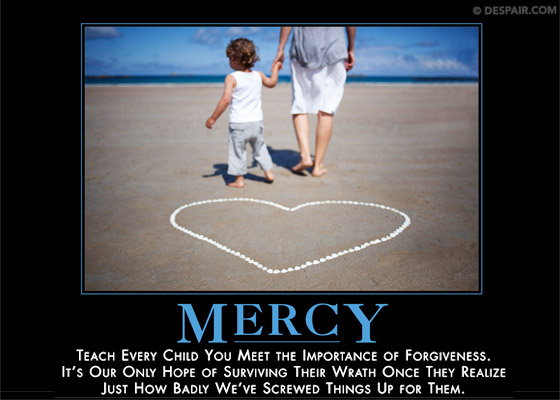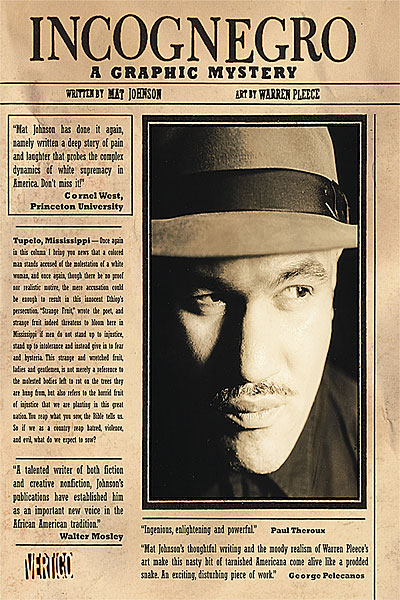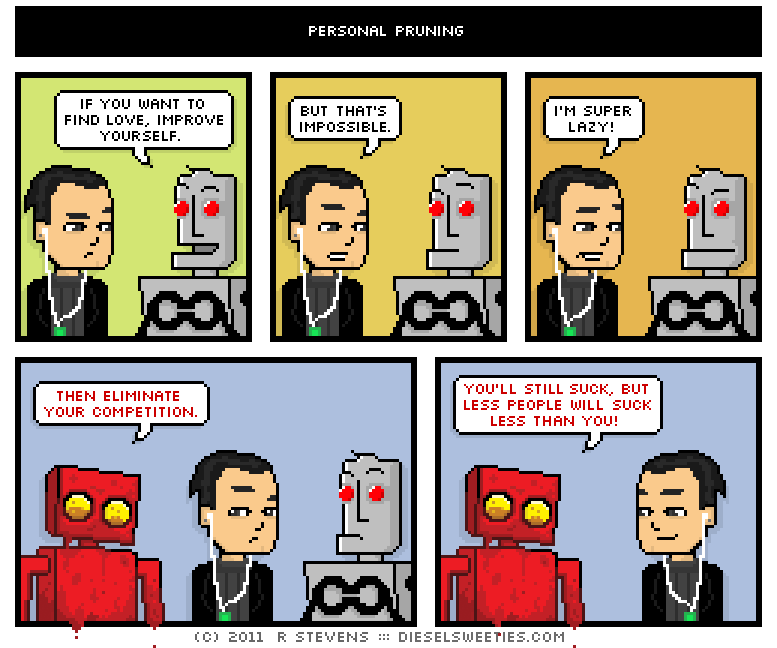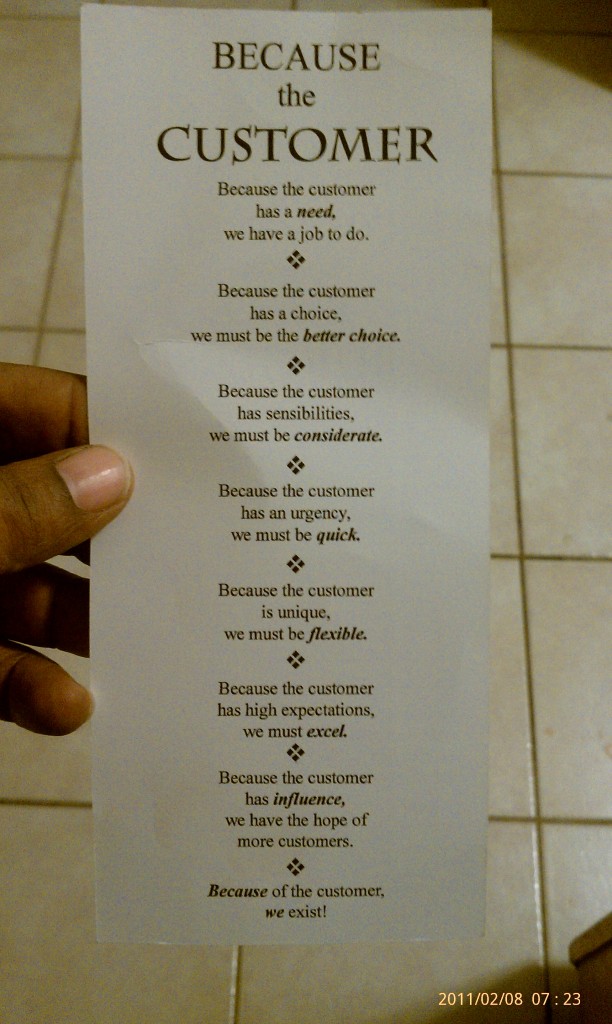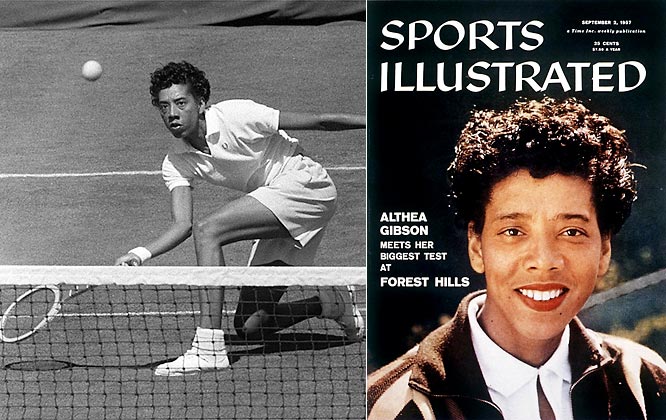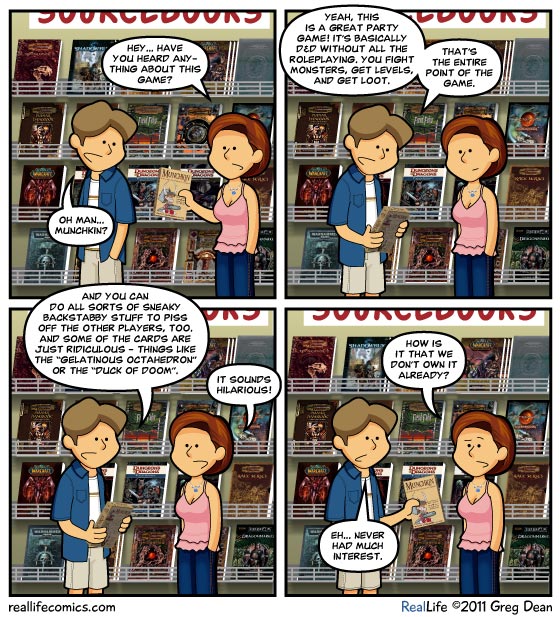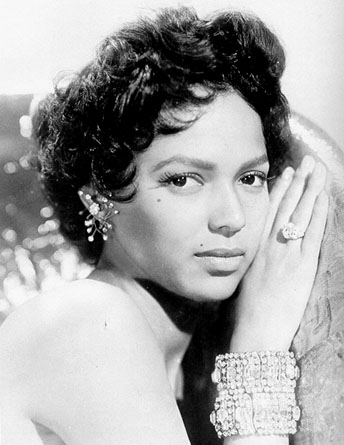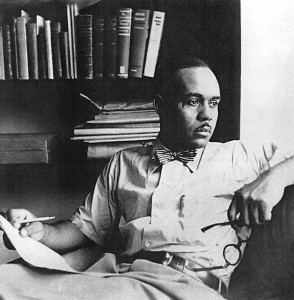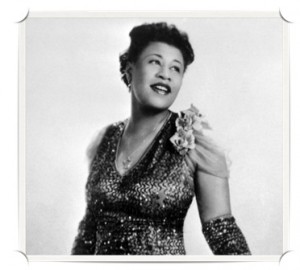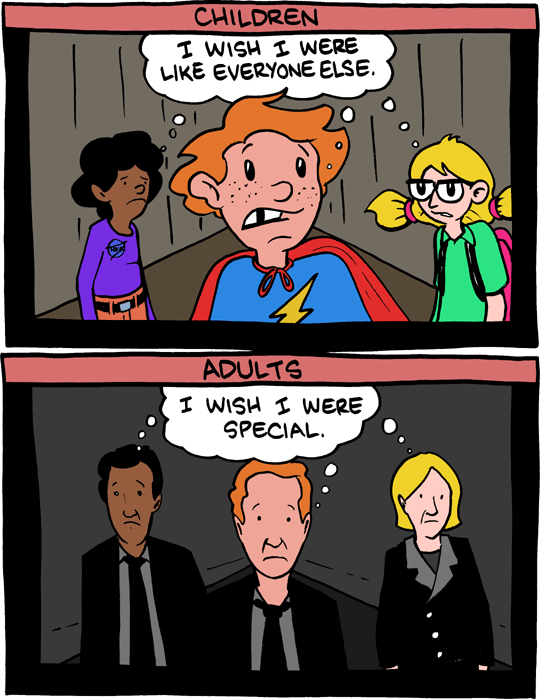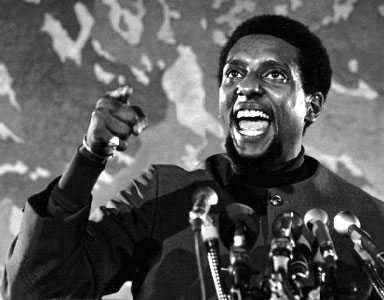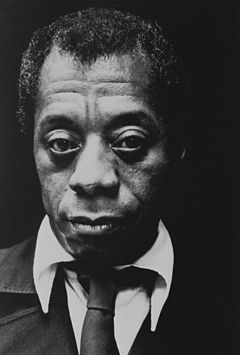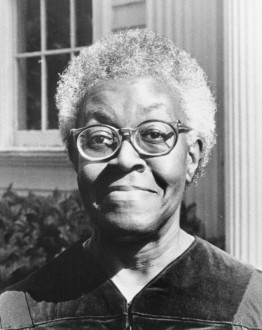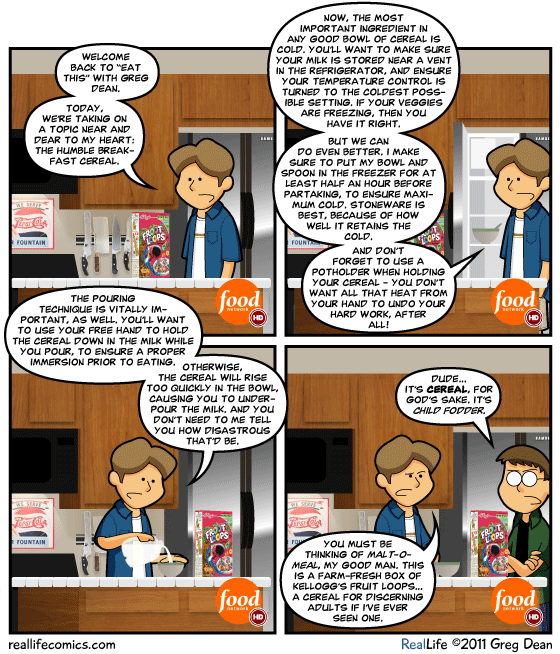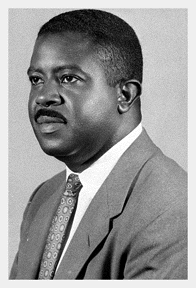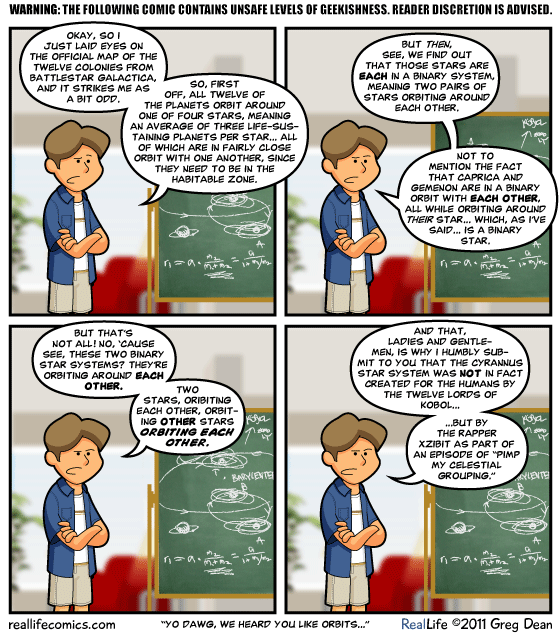“She turns to the clock… it’s a quarter-to-nine.”
business and economy, computers, cyberpunk/steampunk, event, everyday glory, food for thought, games, geekery, history, movies and TV, music, news and info, science and technology, the world No Comments »Sunday – 13 February 2011
It’s my sister, Rana’s, birthday:
So far, today has been rather quiet and lazy. I slept in, which was quite the treat.
Yesterday, I headed over to Dr. Volt’s Comic Connection to play HeroClix with a few of the guys. We wound up playing a 3-on-3 game, themed “Science vs. Magic.” Chris, Andrew and I played figures with the “Mystical” and “Psychic” keywords, while Jeremiah and the two Johns played “Science,” “Robot” and “Armor” keyworded figures. It was a good game. We beat science to a pulp… with the very notable exception of Jeremiah’s Dr. Manhattan figure.
After I got home, SaraRules! and I ate dinner and watched The Hurt Locker and Iron Man. We’d not seen The Hurt Locker before. It was a very good and well-done movie; it was easy to see why the Academy lavished so much attention on it last year. And, Iron Man – which was SaraRules!’ choice, not mine by the way- well, that was just fun.
Chew on This: Food for Thought – Black History Month
Today’s personality is Wynton Marsalis:
Wynton Learson Marsalis is a trumpeter, composer, bandleader, music educator, and Artistic Director of Jazz at Lincoln Center. Marsalis has promoted the appreciation of Classical and Jazz music often to young audiences. Marsalis has been awarded nine Grammys in both genres, and was awarded the first Pulitzer Prize for Music for a jazz recording.
Wynton was born in New Orleans, Louisiana to Dolores and Ellis Marsalis, the second of six sons. At an early age he exhibited an aptitude for music. At age eight, Wynton performed traditional New Orleans music in the Fairview Baptist Church band led by banjoist Danny Barker, and at 14, he performed with the New Orleans Philharmonic. During high school, Wynton performed with the New Orleans Symphony Brass Quintet, New Orleans Community Concert Band, New Orleans Youth Orchestra, New Orleans Symphony, various jazz bands and with a local funk band, the Creators.
At age 17, Wynton was the youngest musician admitted to Tanglewood’s Berkshire Music Center, where he won the school’s Harvey Shapiro Award for outstanding brass student. Wynton moved to New York City to attend Juilliard in 1979, and picked up gigs around town. In 1980, Wynton joined the Jazz Messengers led by Art Blakey. In the years that followed, Wynton performed with Sarah Vaughan, Dizzy Gillespie, Sweets Edison, Clark Terry, Sonny Rollins, Ron Carter, Herbie Hancock, Tony Williams and countless other jazz legends.
In 1987, Wynton Marsalis co-founded a jazz program at Lincoln Center. In July 1996, Jazz at Lincoln Center was installed as new constituent of Lincoln Center. In October 2004, Marsalis opened Frederick P. Rose Hall, the world’s first institution for jazz containing three performance spaces (including the first concert hall designed specifically for jazz) along with recording, broadcast, rehearsal and educational facilities. Wynton presently serves as Artistic Director for Jazz at Lincoln Center and Music Director for the Jazz at Lincoln Center Orchestra.
Stray Toasters
- 4-Star General, 5-Star Grace
- If you’re in the San Francisco area – and are a fan of movies and sci-fi – you might want to check out this event, coming up on Wednesday.
- If you’re not familiar with Sandy Collora’s work, check out the trailer he made for Batman: Dead End:
- A Point of View: Why books do not prepare us for real love
- Waltham, MA becomes Steampunkville
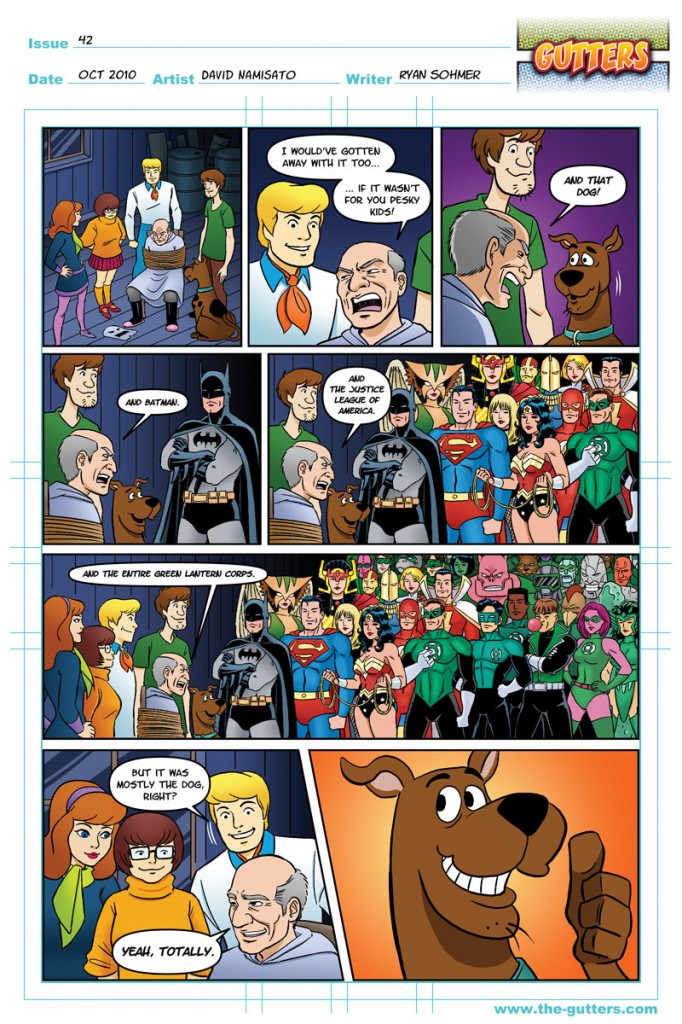
- By way of Lish: Mystery Surrounds Cyber Missile That Crippled Iran’s Nuclear Weapons Ambitions
- When I countered that this was an article from Faux News, he backed it up with this corroborating article from The New York Times
- Ebooks Finally Included on the NYT Bestsellers List
Namaste.



